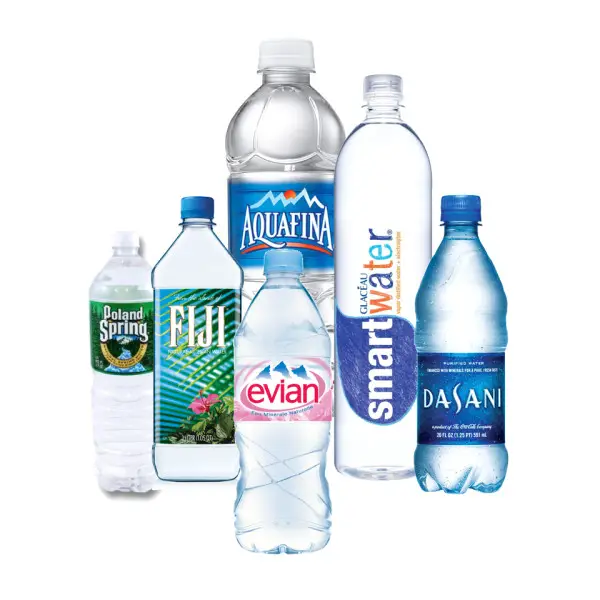Pop Quiz: When was the last time you drank water from a sealed, plastic bottle? It wouldn’t be surprising if you were doing so right this very second while reading this page. Now, when was the last time you enjoyed a refreshing glass of water from the tap of your kitchen sink?
Isn’t it strange that something so accessible, easy to use and practically free has become virtually outdated? The real question is, why do Americans choose to spend $5 per case and up to $1.50 at a vending machine on a product that flows freely from the taps in kitchens across the United States? Apparently, plastic talks, and this is what it’s saying.
“Bottled water is safer and cleaner than tap water.” This statement is probably the most common misconception among bottled-water drinkers. Besides the rocky mountains and pristine lakes pictured on the labels, twisting that sealed cap off of the bottle provides consumers with the comfortable illusion of freshness and purity. However, a four-year study conducted by the NRDC (Natural Resources Defense Council), compared the FDA rules for bottled drinking water with the EPA (Environmental Protection Agency) rules for tap water, and found EPA tap water testing standards to be more rigorous and in-depth than the FDA’s. NRDC also tested over 1,000 bottles of water from 103 different companies. A striking discovery revealed that 22% of the brands tested contained, in at least one sample, chemical contaminants that exceeded levels deemed safe by strict state health regulation. Not only that, but NRDC findings estimated that 25% or more of bottled water is really just tap water in a bottle – sometimes treated further, sometimes not – an interesting perspective to consider when walking to the fridge to pull out a bottle of your favorite water.
Well what about restaurants? Is it still necessary to offer bottled water on the menu, just to appease picky customers? I talked to Doug Harrington, owner of A la Carte Gourmet, who has banned bottled water and embraced reverse osmosis at his Newport Beach restaurant location. (If you’re like me, you’ve heard of RO – reverse osmosis – but have no idea what it’s all about.) RO is a sustainable process that safely and efficiently purifies water. A la Carte Gourmet uses a machine that runs water through a 5-stage RO filtration system, purifying the water without removing beneficial minerals like calcium and magnesium. The result is clean, refreshing water with good mineral content and no contaminants or chlorine. You need sparkling water? Doug’s got it covered: “We offer still (non-carbonated) or sparkling (carbonated) versions and our carbonation process uses purified CO2 gas at high pressure to introduce the gas into the water.” Like many eco-friendly machines, an RO purifier will eventually pay for itself, as it immediately eliminates the cost of purchasing bottled water. It helps the environment too, eliminating waste from plastic bottles, the need for petroleum to make them, and the gasoline involved in trucking and transporting the water to various locations for sale and consumption. What do Doug’s customers think about this RO business? “The reaction from diners has been uniformly positive,” he says, “with many coming by to get glasses of our water even when they are not dining.”
In the restaurant industry, presentation earns points. Restaurateurs work hard to make everything look great – from the food to the decor, all the way down to the individual tables. With this in mind, why not create a beautiful way to present the water that is served in a restaurant? Decanters are an elegant, cost-effective way to serve water to customers. There are so many different shapes and sizes of these containers that it would not be difficult to find one to match with the vibe of your restaurant. Diners would surely be impressed if their water were poured from a beautiful decanter.
By Lauren Monahan – June 2008













Don’t forget – the first question should still be: Would you like water? Conservation is still necessary.